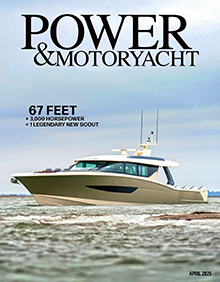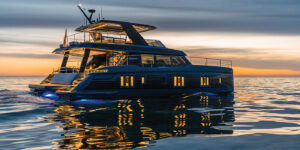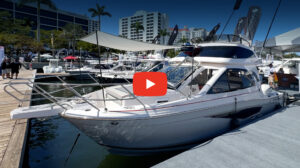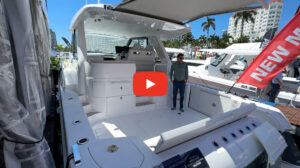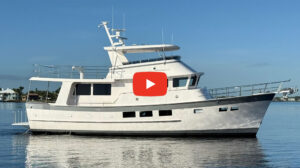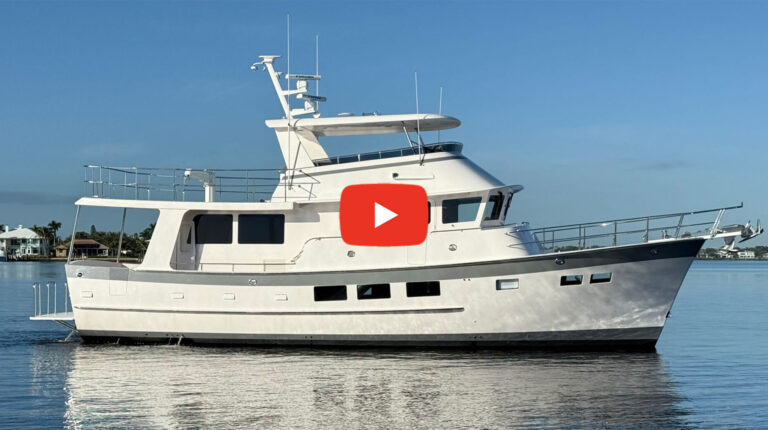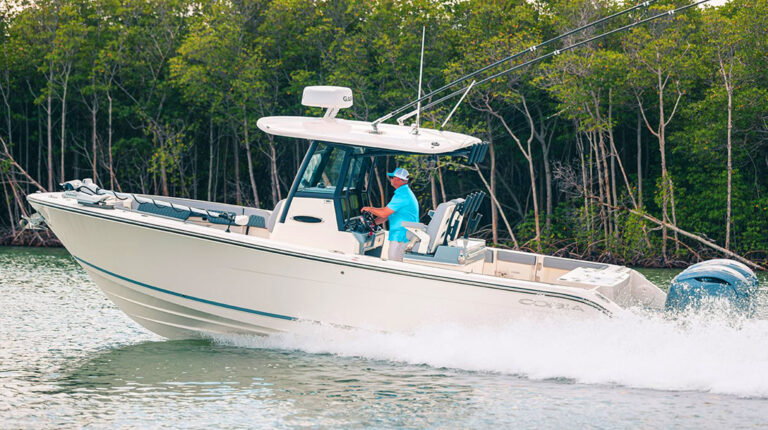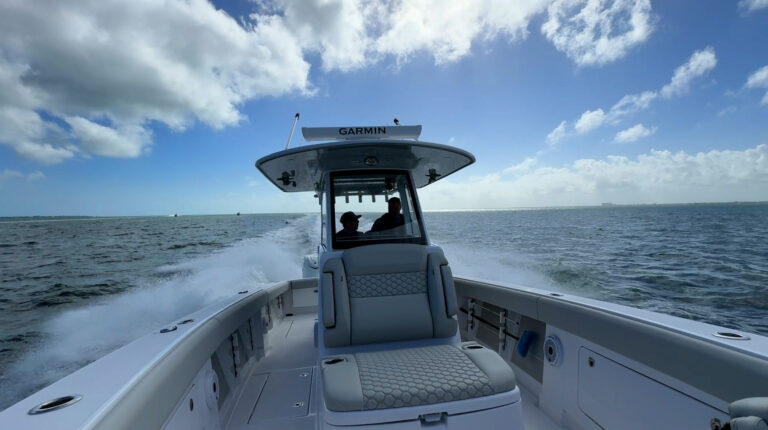
Steve Karp
Rising fuel costs are of serious concern. And even though fuel prices are dropping at the time of this writing, they may be on the rise again by the time these words are read. Even if that’s not the case, it’s widely held that fuel prices will eventually rise and never come down to levels seen during past decades.
As a result, achieving improvements in fuel economy has become a high priority throughout the marine industry, as it has in many other segments of business. Engine manufacturers have risen to the challenge, delivering sophisticated new powerplants that not only burn less fuel but also produce fewer emissions. However, the fact remains that diesel engines will generally run most efficiently when they’re operating near their full rated capacity.
And that poses a problem for recreational as well as commercial craft. Many yachts are fitted with engines capable of delivering speeds of 20, 30, 40 knots or more, yet their owners cruise at far slower speeds most of the time. While they’ll certainly burn less fuel at reduced speed, those big engines are not performing with maximum efficiency at very low load factors.
The problem can be even more acute for vessels in
commercial service. For example, tugboats have big engines to develop lots of towing power but may spend much of their time operating at well below their maximum towing capacity. Or consider that crew and supply boats in the offshore industry must run at high speed to and from oil rigs that may be 100 miles or more from shore, where they then spend several hours idling alongside the rig while supplies and personnel are transferred. And last but not least, there are cruise ships, floating cities with power requirements that vary substantially, depending on whether the ship is in port or underway.

Although this graphic shows how a cruise ship performed with an Azipod system as compared to a traditionally powered one, the maneuvering benefits should be similar for yachts.
One of the ways that cruise-ship owners, tug-boat operators, and others in the commercial sector have confronted the problem posed by widely varying power requirements is to use diesel-electric propulsion systems. Rather than having a diesel engine drive the propellers directly, a diesel-electric system typically uses multiple diesel-powered gensets to produce electricity, which then powers an electric motor that turns a propeller shaft.
Using the diesel engine to make electricity, then using that electricity to drive an electric motor seems like a woefully inefficient process. And if power demand is constant, a diesel-electric drive can be slightly (about five percent) less efficient. But for circumstances where power demand is widely variable, the versatility of the diesel-electric system can yield big dividends, because gensets can be brought on line or shut down as power demand changes.
Other than efficiency, one of the big advantages of a diesel-electric drive system is that big propulsion engines need not be located in line with the prop shaft; electric motors of the same kilowatt capacity are generally much smaller. This allows the yacht designer more latitude in deciding where to locate the gensets. And, in fact, the propulsion motors do not even have to be located inside the hull.
This article originally appeared in the January 2007 issue of Power & Motoryacht magazine.

